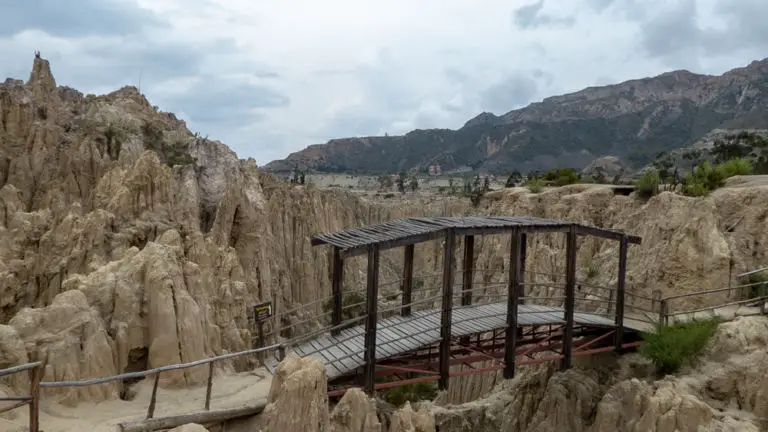Located just 10 km from downtown La Paz, it is easy to forget that Valle de la Luna (Moon Valley or Valley of the Moon in English) is just a stone’s throw from the city. This day trip was actually one of my highlights of visiting La Paz and an attraction that I would definitely recommend to other travellers.
A welcome escape from the hustle and bustle of the city, Valle de la Luna offers visitors the chance to marvel at an otherworldly landscape, all the time enjoying the relative calm and serenity of the surrounding landscape.
This post contains affiliate links. If you use them, I will receive a small commission at no extra cost to you. [toc]

Introduction to La Paz
La Paz is constantly marked as one of Bolivia’s must-see spots. Traditional beliefs and building styles sit alongside modern ideas and architecture in this truly diverse city that should not be missed from any Bolivia itinerary.
Often mistaken for the capital of the country, La Paz actually loses that title to Sucre. La Paz is best known for its blood pumping altitude as it is located 3,640 metres above sea level. Due to the mountainous geography of the city, a cable car system is used in place of an underground train line. Although this was primarily installed as a practicality, it is now one of the city’s most popular attractions! As well as the teleferico, there is also a notorious witch market where you can buy pretty much anything – including dead alpacas!
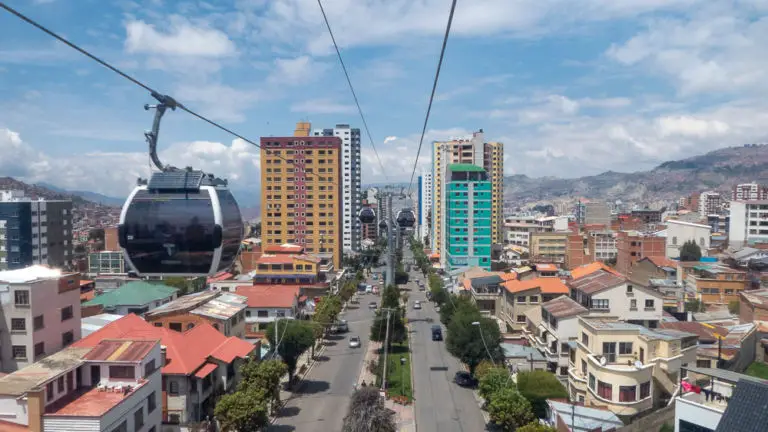
There is plenty to see in La Paz and the culture there is rich. However, owing to the abundance of travellers, very few find themselves getting off of the beaten track.
Valle de la Luna, La Paz
Valle de la Luna is a complex labyrinth of spires and canyons which was created through a process of erosion. Unlike many of the other mountains in the area, this particular formation was created from sandstone and clay which made it particularly vulnerable to the elements.
The result of this erosion is the tall spires that we see today, all variations of light brown, beige and even red. These changes in colour are due to the different minerals contained within the rock. Moon Valley truly is an incredible feat of mother nature (or Pachamama if you are South American) and really must be seen to be believed.
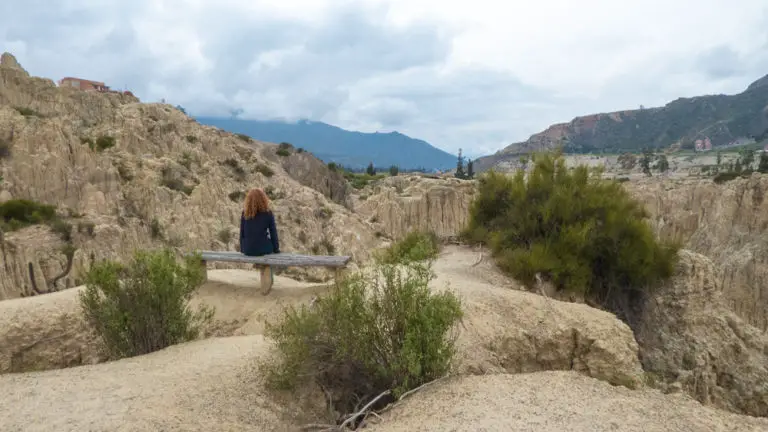
The actual name of Valle de la Luna was said to have been chosen by astronaut Neil Armstrong. According to the tour guides, Armstrong was golfing in the area and spotted the formations from afar. After he visited, he remarked that the landscape reminded him of the moon, hence the name. Although there is some debate as to the validity of this story, there is no doubt that the title has stuck!
Visiting Valle de la Luna was an unforgettable experience for me. The landscape was vast and imposing, not to mention full of character. A particular highlight for me was the ‘El Buen Abuelo’ (The Nice Grandfather) rock formation, in which it is possible to see the profile image of an old man in the stone.
Dotted in-between the stark formations are a number of different cacti. As the landscape is so dry, only these plants flourish here. As well as the more typical desert cactuses, the famous San Pedro variety also grows here. It has hallucinogenic properties and has been used for thousands of years by Andean communities trying to speak to Pachamama.

These cactuses are part of the reason that the park now has strict opening times. People used to sneak in and use the cactus recreationally before falling down the gaps in the spires because they were experiencing hallucinations.
Hiking Valle de la Luna, Bolivia
There are two circular hikes at Moon Valley, La Paz. During our visit, we couldn’t decide which one to choose so simply did them both. Both hikes head to impressive viewpoints although they vary in length.
The best hike, in my opinion, is that of the Devil’s Point. This viewpoint is easily the most impressive and the hike takes 45 minutes to complete. The shortest hike takes just 15 minutes to finish.
The routes through Valle de la Luna are well signed so it is difficult to get lost. However, the paths are narrow and a little crumbly around the edges. For that reason, make sure you wear decent walking shoes and always watch where you are putting your feet – some of the drops are a long way down!
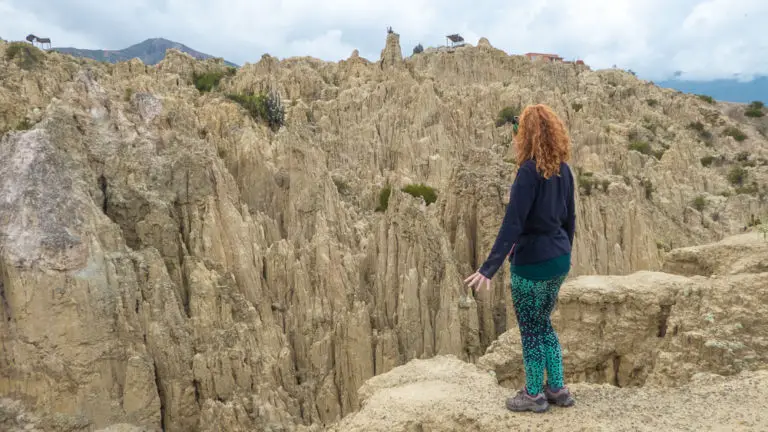
Valle de la Luna sits at a high altitude. This means that although the hikes are not particularly long, they are still demanding, especially if you are not acclimatised to the altitude. When visiting Moon Valley, be sure to allow yourself enough time to become used to the altitude and check out some recommended natural remedies for altitude sickness if you are worried about your trip.
The erosion of Moon Valley is still occurring which means that the landscape changes slowly but constantly. The area is battered by high winds regularly and also suffers from a lot of rainfall, neither of which are helping preserve this special environment.
As you reach the best viewpoint, it is also possible to see that the residential area surrounding Valle de la Luna is beginning to encroach upon the landscape. Although land is undoubtedly needed to house the residents of the nearby towns such as Mallasa, it would be a shame if we lost any more of this breathtaking landscape to human destruction.

Tour Valle de la Luna
According to some of the locals, Valle de la Luna is a hotspot for muggers and therefore, it is better to visit as part of an organised tour.
A huge benefit of doing a tour to Valle de la Luna is that you get to learn all about the local folklore and legends associated with this site. Discover the history behind ‘The Nice Grandfather,’ ‘The Turtle Shell’ and ‘The Cholita’s Hat’.
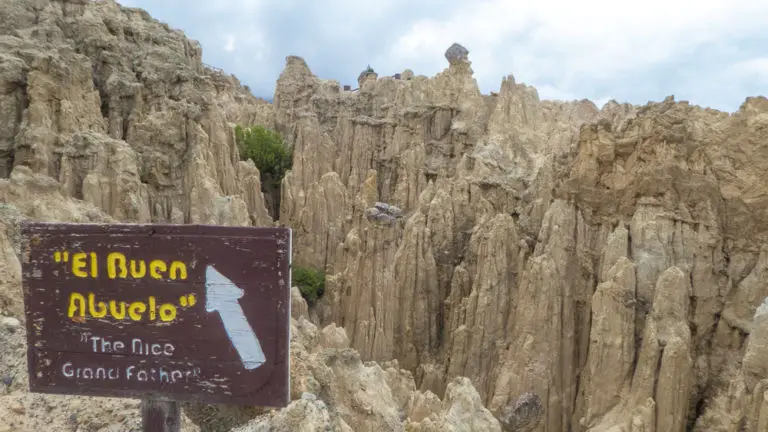
Guides claim that the place is haunted, with spirits who moan late into the night and persuade tourists to throw themselves off of the pathways and into the dark abyss below. The jury is still out on the validity of these claims but it makes for a creepy story nonetheless.
Tours are easy to arrange online in advance. Check out the Valley of the Moon tours below for your trip! Tours will usually include return transport from La Paz, entrance fees and an English/Spanish speaking guide but do check the full description for details.
Visiting Moon Valley Independently
This was how Tim and I went to Valle de la Luna and I am so glad it was. As we visited outside of an organised tour, we were able to spend as much time at the site as we wanted. We had no issues in terms of safety and never witnessed anyone suspicious hanging around the area.
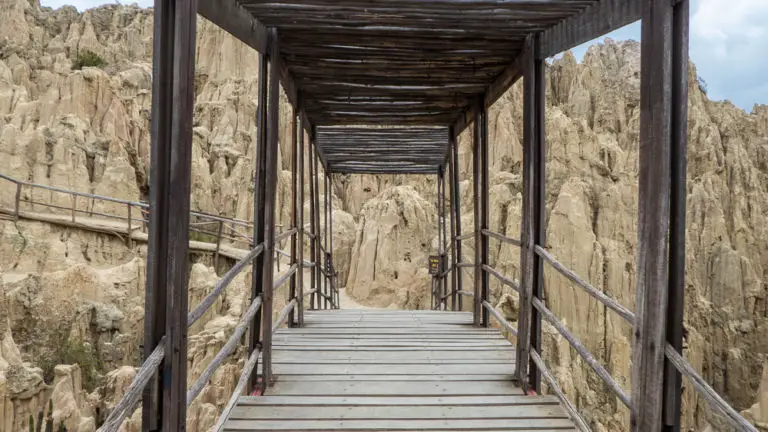
There are two ways that you can get to Valle de la Luna, either by taxi or by public transport.
Taxi: From the southern zone of La Paz, a taxi to Moon Valley will take around 15-20 minutes and cost around 30 bolivianos* one way ($4USD). If you are coming from downtown La Paz, expect to pay at least double this for a one-way trip.
Public transport: Take the teleferico to the end of the green line in Irpavi. From there, you will need to walk to Plaza Humbolt located on Calle 8 of Calacoto and pick up a minibus bound for Mallasa. These cost around 3 bolivianos* ($0.40USD) one way. If you tell the driver ‘Valle de la Luna,’ he will drop you off just outside the entrance.
Practical information for visiting Valle de la Luna, Bolivia
- Entrance fee: 15 bolivianos* ($2USD) per person.
- Time needed: 2 hours
- Facilities: Toilet inside the entrance, no food or drink available.
- Wear: Walking shoes and lots of layers.
- Bring: Suncream and a sunhat.
*All prices correct at time of publishing.
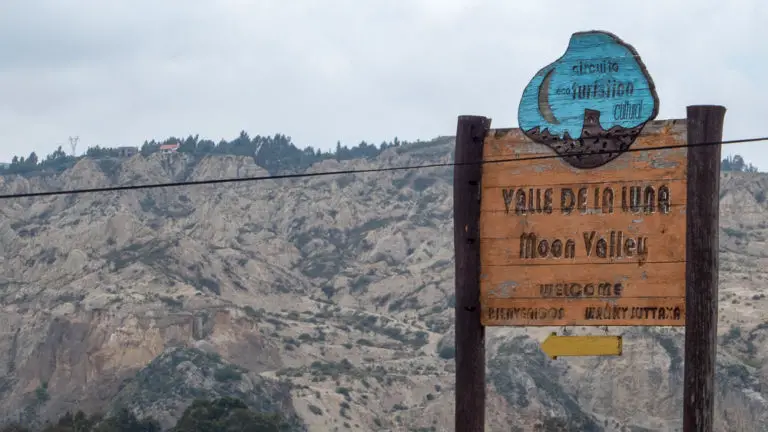
Opening times of Valle de la Luna
| Monday | 8am – 5.30pm |
| Tuesday | 8am – 5.30pm |
| Wednesday | 8am – 5.30pm |
| Thursday | 8am – 5.30pm |
| Friday | 8am – 5.30pm |
| Saturday | 8am – 5.30pm |
| Sunday | 8am – 5.30pm |
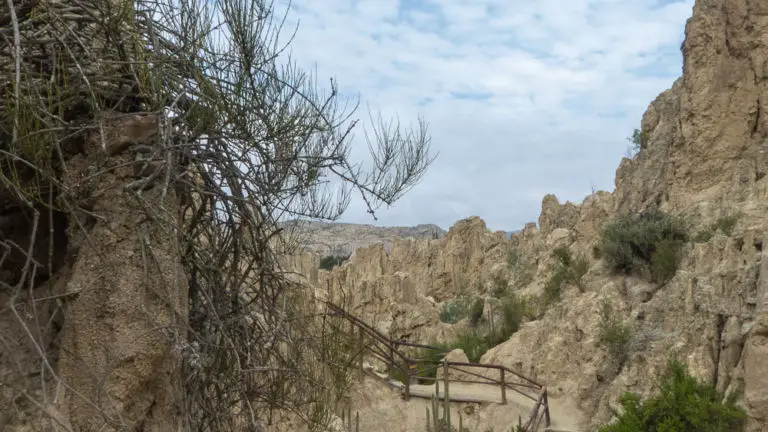
Attractions near to the Valley of the Moon, La Paz
Some may argue that Valle de la Luna is a long way to travel from the centre of La Paz for only a few hours. To get the most out of your visit, why not combine a visit to Moon Valley with some of the other local points of interest?
La Paz Zoo
Although I am not a huge fan of zoos per se, I do understand that sometimes they are a necessary evil. At La Paz Zoo, all of the enclosures are of a decent size and there was a lot of room for the animals.
This zoo showcases only Bolivian wildlife which has been rescued from trafficking or abuse. At the zoo, there are condors, vicuñas and even pumas. The entrance fee is reasonable and costs just 10 bolivianos ($1.50USD) per person.
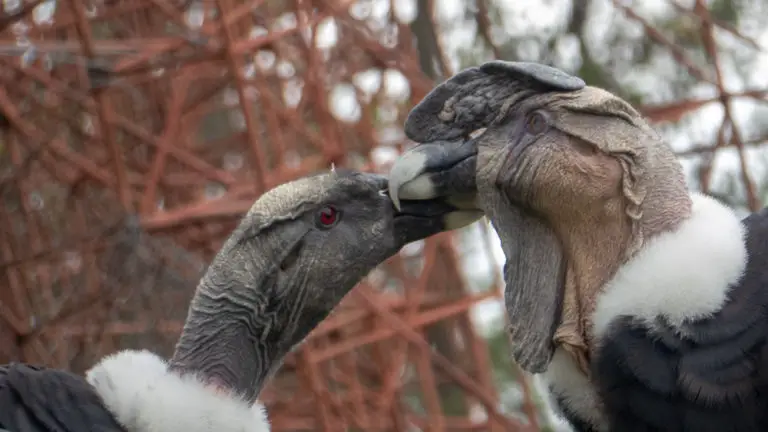
Explore Mallasa
The small rural town of Mallasa is a world away from the chaos of La Paz’s streets. Although there is little in the way of attractions here, the town itself is well worth a wander through. Hungry travellers will be pleased to see an abundance of chicken restaurants lined up along the streets. Head to the best smelling place for some greasy indulgence!
Where to stay close to Valle de la Luna, La Paz
Stay in one of the Rio Selva apartments for a splash of luxury. Private balconies overlook the forest below and guests can make the most of swimming pool and gym access. This accommodation option is located very close to Valle de la Luna.
A studio apartment for two people costs from $80USD which includes a flat-screen TV in the apartment as well as heating and a seating area. It is the perfect choice for the flashpacker in you!
This beautifully situated camping/glamping site overlooks the stunning Valley of the Flowers. Backpackers on a strict budget can rent space for camping whereas flashpackers can splash out on one of the glamping huts already on site.
During our visit, we stayed at the Valley of the Moon lodge which I would highly recommend. It was my favourite accommodation of our entire Bolivia trip! Colibrí has something to cater for all budgets, with a camping spot for two costing just $13USD per night and a double room coming in at $28USD in one of the glamping huts or teepees.

Located just 350 yards from Moon Valley (5-minute walk), the Oberland offers beautiful apartments, suites and rooms. There is an onsite swimming pool encased in a glass dome and hydromassage tub that is open for guest use. Fancy!
A high-quality breakfast is included in the cost of a room and the attached restaurant is rated highly by guests. WiFi is also notably good (for Bolivia). Double rooms begin at $56USD, suites start at $80USD and apartments are from $104USD.
Have you visited Bolivia’s Moon Valley?
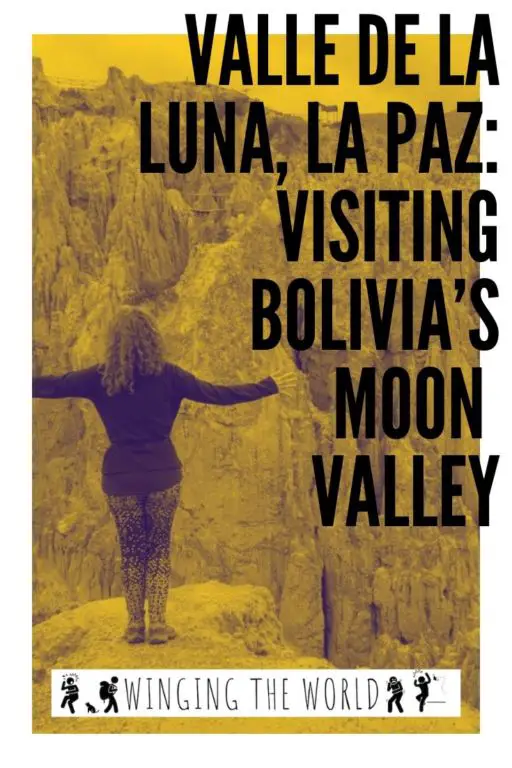
Love it? Pin it!

